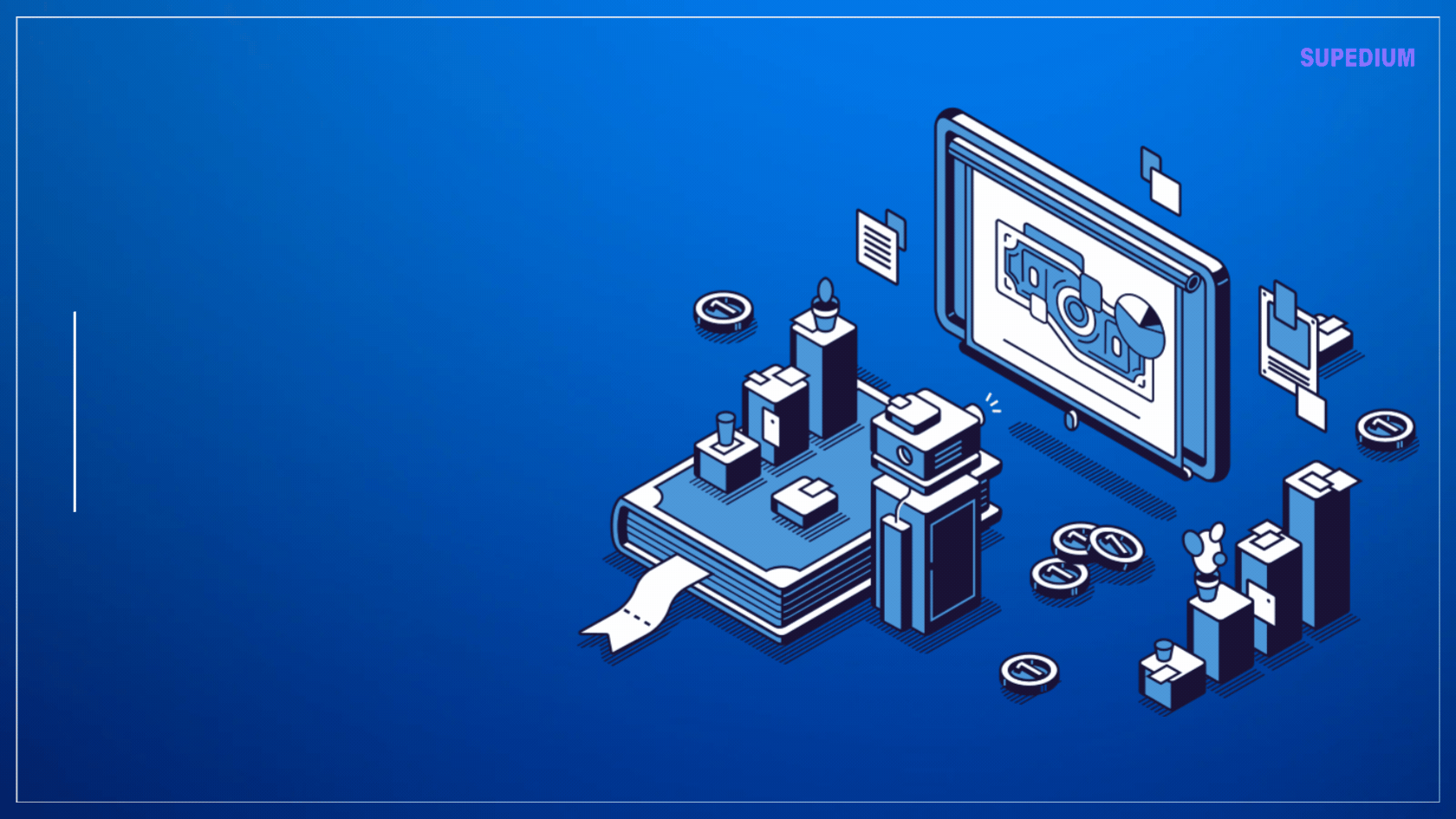Table of Contents
![]()
I. Introduction to Cognitive Distortions
Definition
Cognitive distortions refer to systematic biases in thinking that lead to negative emotions and maladaptive behaviors. These distortions skew our perception of reality, causing us to interpret situations in ways that are often exaggerated or unfounded. This concept is crucial in cognitive-behavioral therapy (CBT) and other therapeutic practices aimed at improving mental health.
Importance
Recognizing and addressing cognitive distortions is essential for mental well-being. By understanding these patterns, individuals can challenge their unrealistic beliefs, leading to improved emotional states and healthier behaviors. Cognitive distortions are central to CBT, which focuses on changing negative thought patterns to foster more balanced and constructive thinking.
II. Theoretical Background
Historical Development
The concept of cognitive distortions was first systematically explored by Aaron Beck in the 1960s. Beck, a psychiatrist, observed that individuals with depression often engaged in distorted thinking patterns that exacerbated their symptoms. His work laid the foundation for cognitive therapy, which later evolved into cognitive-behavioral therapy. Over time, other therapists expanded on Beck’s ideas, further refining our understanding of cognitive distortions.
Cognitive Theory
Cognitive theory posits that our thoughts significantly influence our emotions and behaviors. According to this theory, cognitive distortions are deviations from rational thinking that lead to negative outcomes. Cognitive distortions disrupt our ability to think realistically, which in turn affects our emotional responses and behavior.
III. Types of Cognitive Distortions
All-or-Nothing Thinking
All-or-nothing thinking involves viewing situations in black-and-white terms, with no middle ground. For instance, if an individual fails to achieve perfection in a task, they may perceive themselves as a complete failure. This rigid thinking style can set unattainable standards and lead to frequent disappointments.
Overgeneralization
Overgeneralization involves drawing broad conclusions based on a single event. For example, if someone fails a job interview, they might conclude that they will never succeed in any future job applications. This distortion can perpetuate a negative outlook and hinder personal growth.
Mental Filtering
Mental filtering occurs when an individual focuses solely on negative aspects of a situation while ignoring positive elements. For instance, if someone receives several compliments but one piece of criticism, they may fixate on the criticism and overlook the positive feedback. This selective focus can distort one’s perception and lead to persistent negative feelings.
Discounting the Positive
Discounting the positive involves rejecting positive experiences or attributes as insignificant. For example, if someone receives praise for their performance but dismisses it as insincere, they are discounting their achievements. This distortion undermines self-esteem and contributes to a negative self-image.
Jumping to Conclusions
Jumping to conclusions involves making negative assumptions without concrete evidence. This category includes two subtypes:
- Mind Reading: Assuming others are thinking negatively about oneself without any real proof.
- Fortune Telling: Predicting that the worst possible outcome will occur, regardless of the evidence.
Catastrophizing
Catastrophizing entails viewing a situation as far worse than it actually is. For example, someone might believe that a minor mistake at work will lead to their job loss and ruin their entire career. This distortion can create excessive anxiety and stress.
Emotional Reasoning
Emotional reasoning is the process of believing that because you feel a certain way, it must be true. For instance, if someone feels worthless, they might conclude that they indeed are worthless. This distortion reinforces negative emotions and can perpetuate negative self-perceptions.
Should Statements
Should statements involve holding rigid rules about how things should be. For example, someone might believe they should always be successful or that others should act more considerate. Such unrealistic expectations can lead to frustration and resentment when reality does not meet these standards.
Labeling and Mislabeling
Labeling and mislabeling involve attaching negative labels to oneself or others. For instance, someone might label themselves as a “loser” after a setback or categorize another person as “bad” based on a single behavior. This form of distortion limits personal growth and can damage relationships.
Personalization
Personalization involves taking responsibility for events outside one’s control. For example, if a team project fails, an individual might blame themselves entirely, even if many factors contributed to the outcome. This distortion increases self-blame and can lead to excessive guilt.
IV. Cognitive Distortions and Mental Health
Connection to Depression
Cognitive distortions are closely linked to depression. Individuals with depression often engage in negative thinking patterns such as all-or-nothing thinking, overgeneralization, and mental filtering. These distortions exacerbate depressive symptoms by reinforcing negative beliefs and feelings.
Connection to Anxiety
Anxiety disorders are also influenced by cognitive distortions. Patterns such as jumping to conclusions and catastrophizing can intensify feelings of anxiety and worry. Individuals may predict disastrous outcomes or assume that others perceive them negatively, which contributes to heightened anxiety.
Impact on Behavior and Relationships
Cognitive distortions can affect behavior and relationships by skewing one’s perception of others and oneself. For example, personalization and mind reading may lead to misunderstandings and conflicts in relationships. Additionally, distorted thinking can result in maladaptive behaviors, such as avoidance or excessive reassurance-seeking.
V. Identifying and Challenging Cognitive Distortions
Techniques for Identification
Identifying cognitive distortions involves self-reflection and awareness. Keeping a thought record or journal can help individuals track their thoughts and recognize patterns of distortion. Recognizing triggers and recurring themes is also crucial in identifying these biases.
Cognitive Restructuring
Cognitive restructuring is a technique used to challenge and change distorted thoughts. This involves questioning the validity of distorted thoughts and replacing them with more balanced and realistic alternatives. For example, instead of thinking “I always fail,” one might reframe it as “I sometimes face challenges, but I can learn from them and improve.”
Tools and Strategies
Several tools and strategies can aid in managing cognitive distortions:
- Cognitive Behavioral Therapy (CBT): CBT provides structured methods for identifying and changing distorted thinking patterns.
- Mindfulness and Acceptance-Based Strategies: These approaches help individuals become aware of their thoughts without judgment and develop a more flexible and accepting mindset.
- Self-Help Resources: Books, apps, and support groups can offer guidance and exercises for addressing cognitive distortions.
VI. Practical Applications
Cognitive Distortions in Therapy
Therapists use the concept of cognitive distortions to help clients understand and alter their thought patterns. Techniques from CBT are commonly employed to address distortions and promote healthier thinking. Case studies demonstrate the effectiveness of these interventions in improving mental health outcomes.
Self-Help and Personal Development
Individuals can use various strategies to address cognitive distortions on their own. Engaging in self-help practices, such as reading relevant books, using cognitive restructuring exercises, and participating in support groups, can foster personal growth and improve mental well-being.
VII. Conclusion
Summary of Key Points
Cognitive distortions are biased thinking patterns that distort reality and contribute to negative emotions and behaviors. Understanding these distortions—such as all-or-nothing thinking, overgeneralization, and catastrophizing—can help individuals recognize and challenge their maladaptive thought processes.
Future Directions
Ongoing research continues to explore the impact of cognitive distortions on mental health and the effectiveness of various therapeutic approaches. Innovations in therapy and self-help techniques hold promise for enhancing our ability to address and manage cognitive distortions more effectively.






Be the first to comment